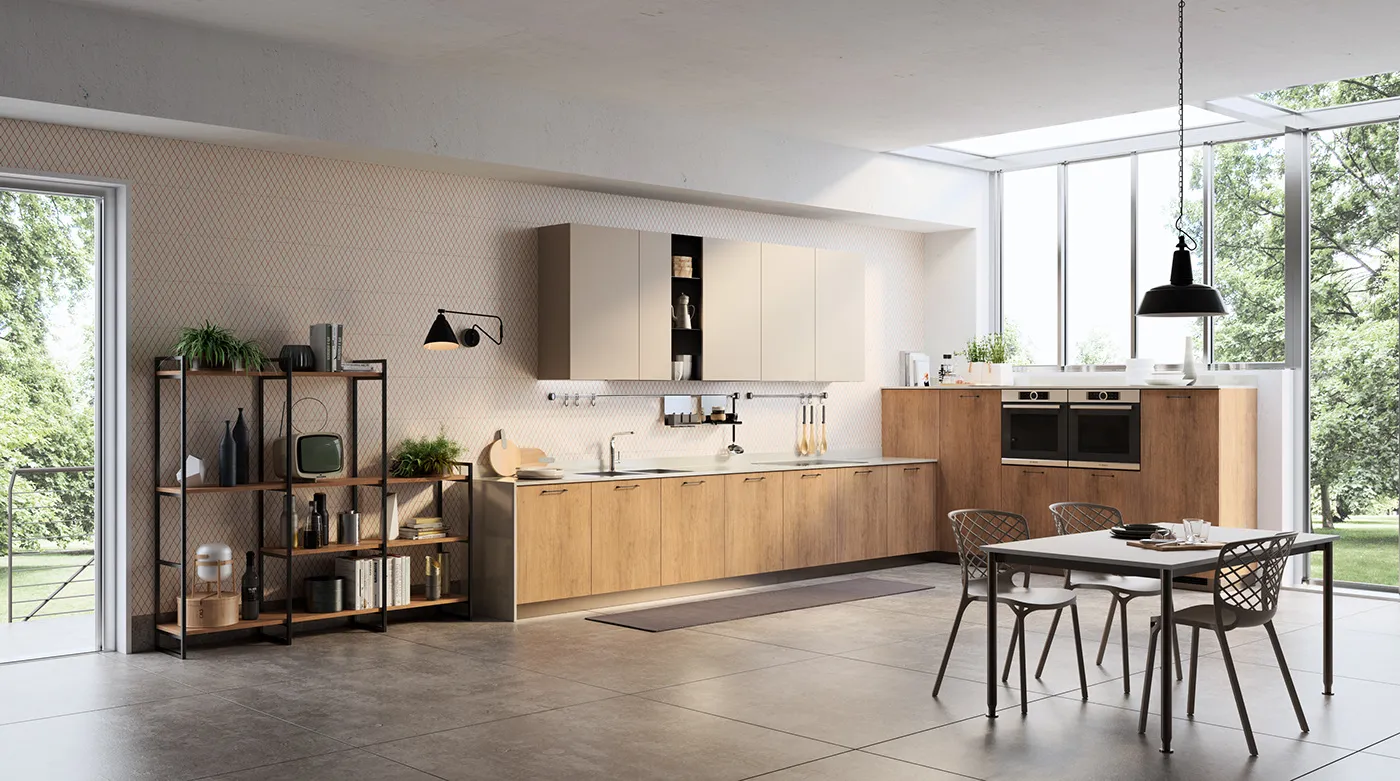7 Timeless Kitchen Decor Themes
The heart of the home deserves special attention, and the right kitchen decor can transform it from a functional space into a stylish haven. Choosing a theme is a fantastic way to unify your design vision, ensuring a cohesive and inviting atmosphere. These 7 timeless kitchen decor themes have consistently proven their enduring appeal, adapting to evolving tastes while maintaining their core charm. From sleek modernity to cozy rustic vibes, each theme offers a unique aesthetic to inspire your kitchen renovation or refresh. Whether you are planning a complete overhaul or a simple update, exploring these themes will help you discover the perfect style to reflect your personality and enhance your culinary experience.
Theme 1 — Modern Minimalist Kitchen
Modern minimalist kitchens are all about clean lines, uncluttered surfaces, and a focus on functionality. This theme embraces the principle of ’less is more,’ creating a serene and sophisticated space. The goal is to eliminate unnecessary elements, emphasizing simplicity and a sense of spaciousness. Think of a calm, organized environment where every item serves a purpose and design is streamlined. This approach makes the kitchen feel open and easy to navigate, which is ideal for both cooking and casual gatherings. The modern minimalist style offers a timeless appeal that is easy to maintain and adapt to current trends.
Features of a Modern Minimalist Kitchen
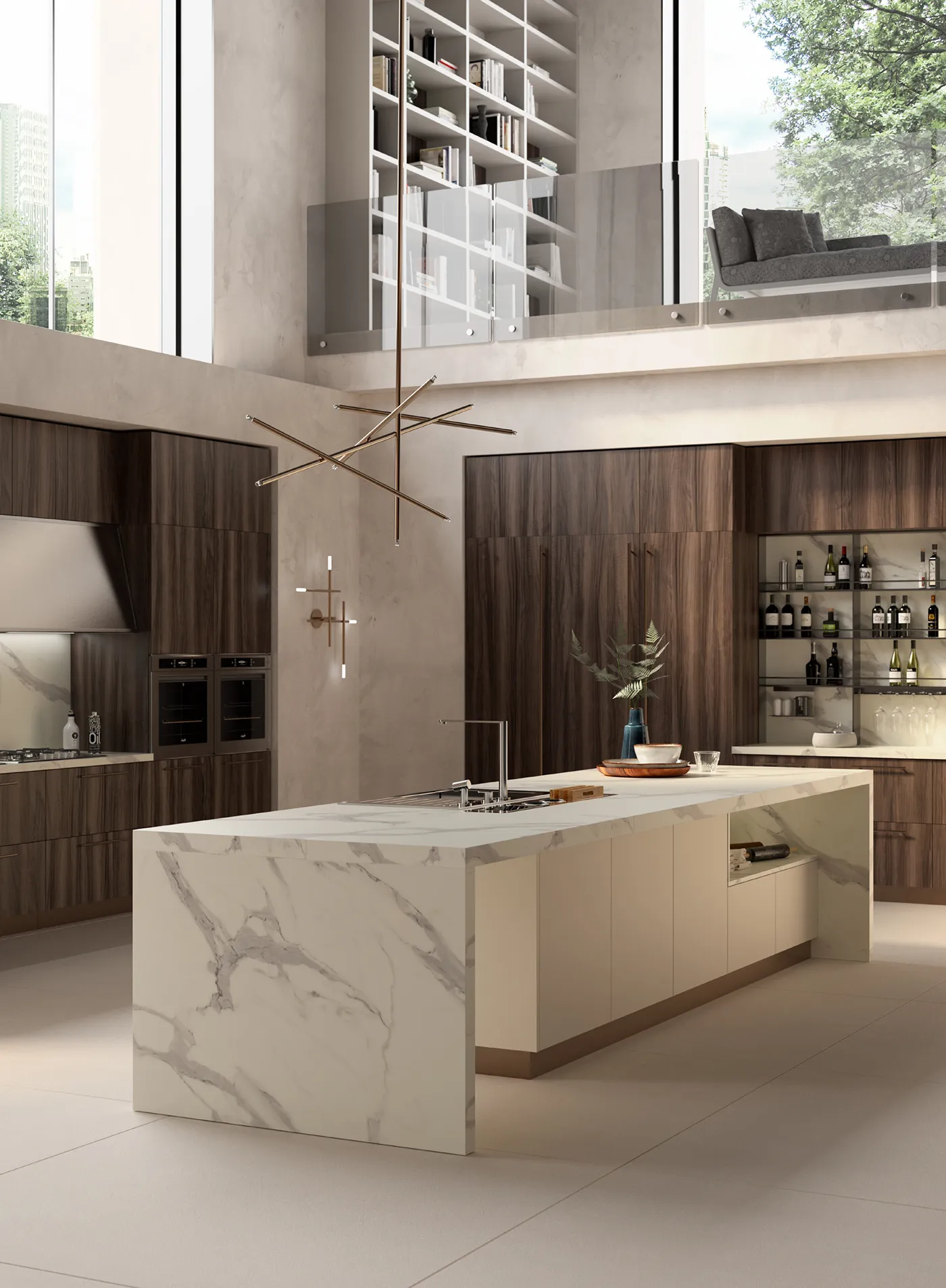
Key features include flat-panel cabinetry with minimal hardware, integrated appliances that blend seamlessly with the design, and ample storage to keep countertops clear. Neutral color palettes, such as whites, grays, and blacks, dominate the space, creating a sense of calm. Natural light is prioritized, often maximized through large windows or skylights. The design emphasizes geometric shapes and a lack of ornamentation, resulting in a clean, polished look. Quality materials like stainless steel, glass, and concrete add to the sophisticated aesthetic. The goal is to create a peaceful, efficient cooking and living space.
Color Palette in Modern Minimalist Kitchen
The color palette is typically restricted to a few neutral shades. White is the dominant color, making the space feel brighter and larger, reflecting light throughout the room. Grays, ranging from light to charcoal, add depth and sophistication, while black can be used sparingly for accents, adding a touch of drama. Natural wood tones can be incorporated for warmth and to create a visual contrast. Metallic accents, such as stainless steel or brushed nickel, also play a role in creating a cohesive modern design. The strategic use of color ensures the kitchen maintains its sense of openness and simplicity.
Theme 2 — Rustic Charm Kitchen
Rustic kitchens evoke a sense of warmth, comfort, and history. They celebrate the beauty of natural materials and textures, creating a welcoming atmosphere. This theme often incorporates elements of the past, embracing imperfections and the character that comes with age. The rustic kitchen design focuses on creating a cozy, inviting space reminiscent of a countryside retreat. The aim is to design a kitchen that feels lived-in and loved, with a strong connection to nature and the simplicity of life. The rustic charm appeals to those who appreciate the beauty of time-worn materials and a relaxed aesthetic.
Key Elements in Rustic Kitchen Design
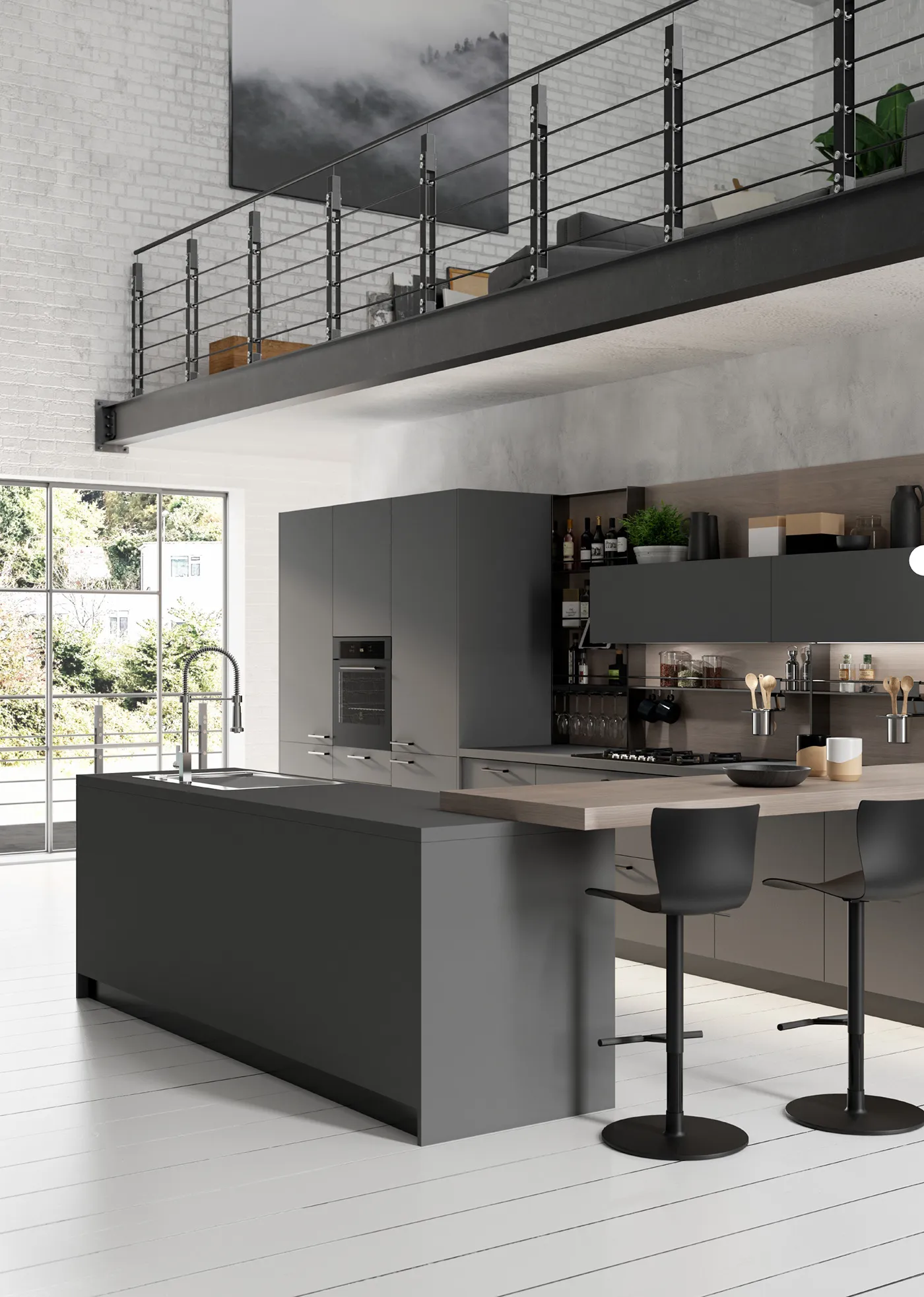
Key elements of a rustic kitchen include exposed beams, reclaimed wood, and natural stone. The use of vintage or antique furniture pieces adds character and history to the space. Open shelving is often used to display cookware, dishes, and decorative items, contributing to the lived-in feel. The color palette is generally warm and earthy, featuring colors like cream, beige, and various shades of brown. A farmhouse sink is a classic feature, and hardware with an antique finish adds to the theme. The overall design should reflect a sense of natural beauty and handcrafted quality, creating a warm and inviting cooking space.
Materials and Textures in Rustic Kitchen
Natural materials like wood, stone, and brick are the foundation of a rustic kitchen. Reclaimed wood adds character and texture, and can be used for cabinetry, countertops, or flooring. Stone, whether used as a backsplash or countertop, brings a sense of natural beauty. Exposed brick walls can also enhance the rustic aesthetic, adding a touch of history and visual interest. The use of rough-hewn textures, such as those found on butcher block countertops or textured tiles, enhances the tactile experience. The goal is to create a multi-sensory environment that celebrates the beauty of the natural world.
Theme 3 — Farmhouse Style Kitchen
Farmhouse kitchens combine rustic charm with a touch of elegance, creating a space that is both inviting and practical. The style evokes a sense of warmth, simplicity, and comfort, often inspired by the aesthetics of rural life. Farmhouse kitchens are known for their welcoming atmosphere, making them ideal for family gatherings and casual entertaining. This theme focuses on creating a cozy and functional space where both style and practicality are equally prioritized. The emphasis on natural materials and a sense of home-cooked charm makes this a popular choice for those seeking a relaxed and welcoming environment.
Farmhouse Kitchen Design Essentials
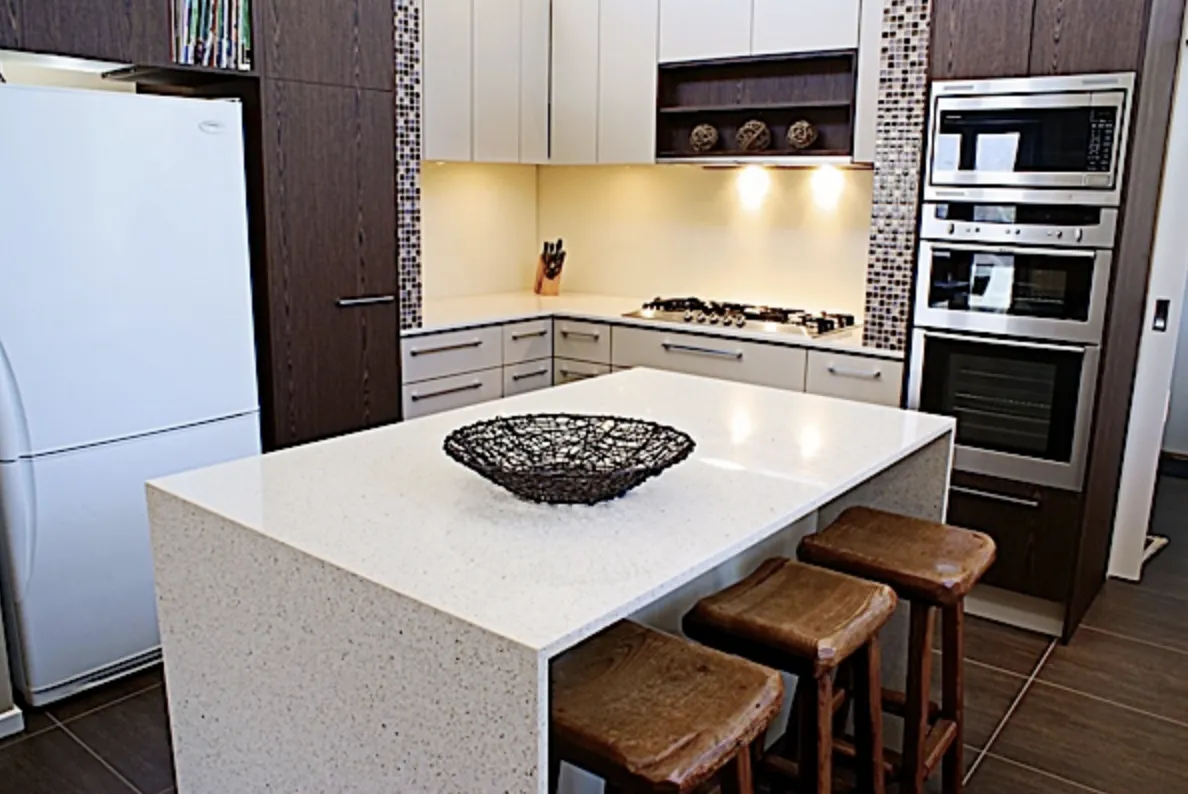
Essential features include apron-front sinks, often made of porcelain or fireclay, adding a classic touch. Shaker-style cabinets with simple, clean lines are a staple, providing a balance of functionality and style. Open shelving is used to display dishes, cookware, and decorative items, contributing to the lived-in feel. A neutral color palette, with whites, creams, and soft grays as the foundation, enhances the bright and airy atmosphere. Wooden elements, such as butcher block countertops or exposed beams, bring warmth and natural texture to the space. Vintage accents, like antique lighting fixtures or farmhouse tables, further enhance the charm.
Incorporating Vintage Elements
Incorporating vintage elements is key to achieving the farmhouse look. Antique furniture pieces, such as a rustic dining table or a vintage hutch, add character and history. Lighting fixtures like pendant lights or chandeliers with vintage-inspired designs contribute to the theme. Using vintage textiles, such as tea towels or curtains with classic patterns, can bring in extra warmth and charm. Decorating with vintage signs, enamelware, or old mason jars adds to the overall aesthetic. These elements are carefully selected to create a welcoming and nostalgic environment, reflecting a sense of timelessness and charm. The incorporation of vintage elements creates a warm and inviting atmosphere, reflecting a sense of history and comfort.
Theme 4 — Contemporary Kitchen
Contemporary kitchens are characterized by their sleek, modern aesthetic, focusing on clean lines, minimalism, and innovative design. This theme is constantly evolving, reflecting current trends in design, materials, and technology. The goal is to create a stylish and functional space that embraces the present. Contemporary kitchens often feature bold design choices, with a focus on sophistication and efficiency. The style is ideal for those who appreciate a modern, uncluttered environment and a forward-thinking approach to kitchen design. This design embraces innovative use of space and materials, setting itself apart with a fresh and modern style.
Characteristics of Contemporary Kitchens
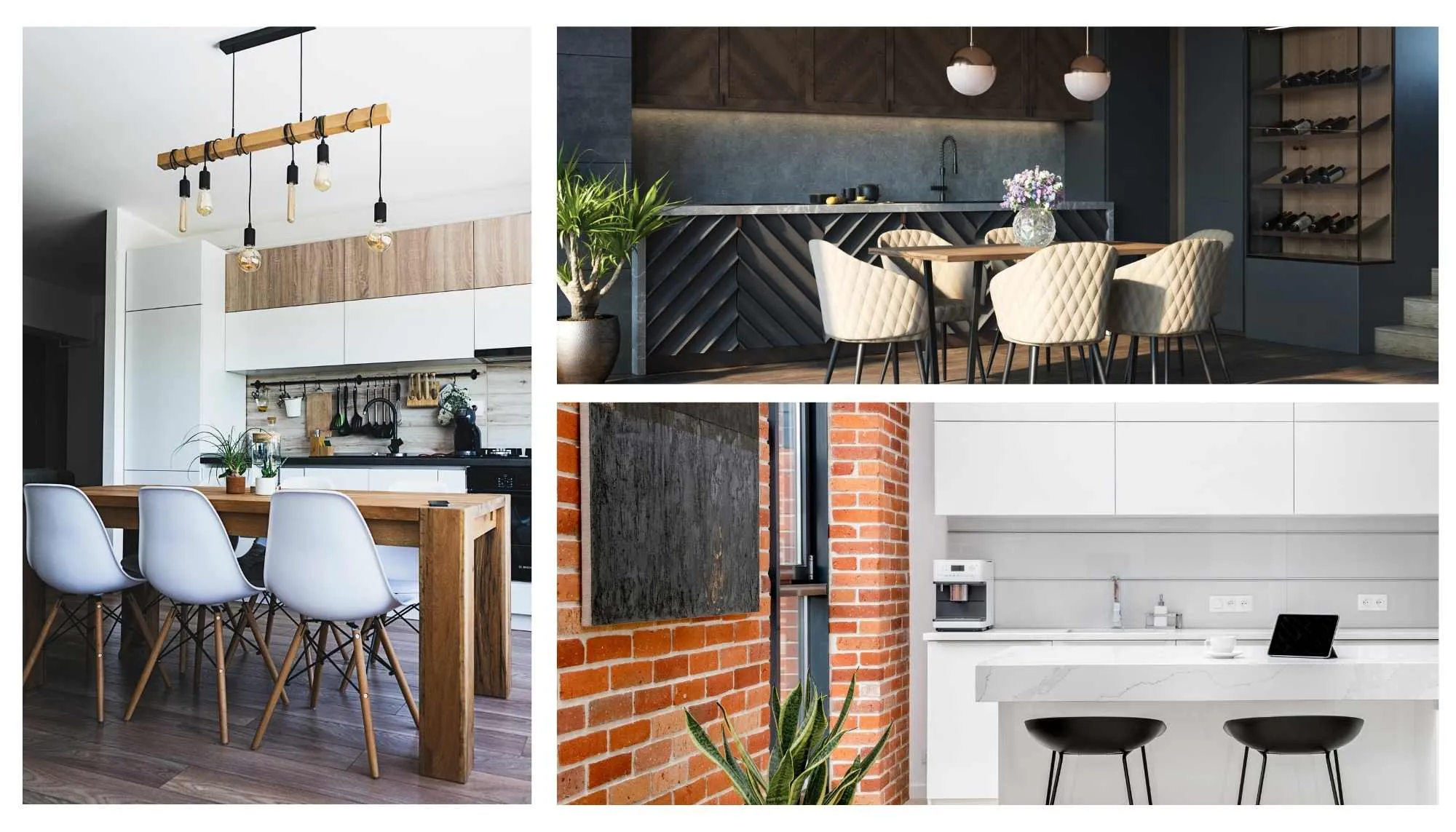
Key characteristics include flat-panel cabinetry, often in high-gloss finishes, creating a seamless look. The use of minimalist hardware or integrated handles enhances the clean lines. Open layouts that maximize space and functionality are common, facilitating a modern lifestyle. The color palettes often feature neutral tones, such as grays, whites, and blacks, with pops of bold color used for accents. The use of unique materials, such as stainless steel, glass, and concrete, adds visual interest. Contemporary kitchens often incorporate large islands with bar seating and updated appliances to elevate the design. The focus is on a harmonious blend of style and practicality, creating a space that is both attractive and efficient.
Integrating Technology in the Kitchen
Integrating technology is a defining aspect of contemporary kitchen design. This includes smart appliances, such as refrigerators with touchscreens, ovens with remote control, and dishwashers that connect to Wi-Fi. Induction cooktops, known for their precision and energy efficiency, are also popular choices. Technology is integrated seamlessly into the design, with hidden outlets, built-in charging stations, and smart lighting systems that enhance the functionality and convenience of the space. From smart lighting to high-tech cooking appliances, these innovative features enhance the culinary experience. The integration of technology aims to streamline kitchen tasks and provide an interactive and user-friendly environment, reflecting a commitment to innovation.
Theme 5 — Traditional Kitchen
Traditional kitchens exude timeless elegance and classic charm. They are defined by their sophisticated design, intricate details, and a sense of warmth and comfort. Traditional kitchens often draw inspiration from historical styles, incorporating features that have stood the test of time. This style is perfect for those who appreciate the beauty of classic design and seek a kitchen that feels both welcoming and refined. Traditional kitchens offer a sense of timeless elegance and a homey atmosphere, making them a perfect choice for those who cherish classic aesthetics.
Classic Design Features in Traditional Kitchens
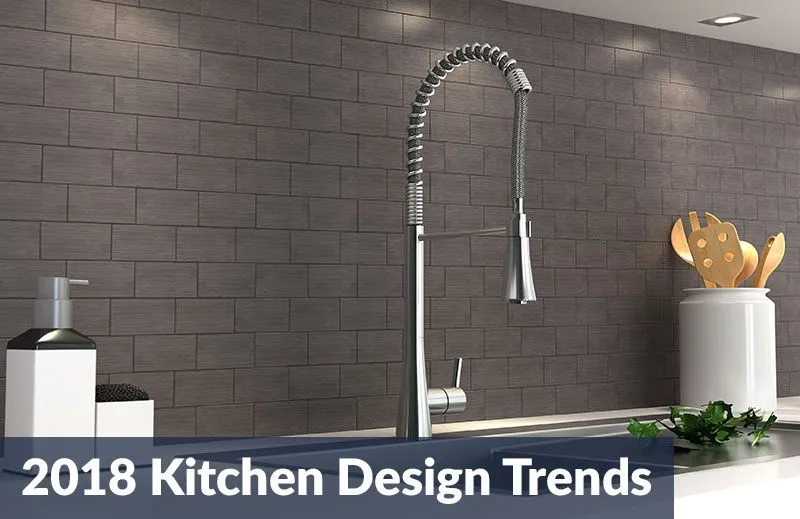
Key design features include raised-panel cabinetry with intricate details, such as crown molding and decorative hardware. The color palettes often feature warm and inviting colors, such as creams, beiges, and soft pastels. Granite or marble countertops, with their natural beauty and durability, are common. Decorative elements, such as ornate lighting fixtures and detailed backsplashes, add to the overall aesthetic. Kitchen islands with decorative legs and bar seating offer both functionality and style. The goal is to create a balanced and harmonious space that reflects timeless design principles and an overall sense of sophistication and warmth.
Enhancing Warmth and Comfort
Warmth and comfort are essential elements in a traditional kitchen. This can be achieved through the use of warm colors, such as creams, beiges, and soft yellows. The addition of natural materials, like wood flooring and wooden accents, adds to the cozy atmosphere. The use of soft lighting, such as chandeliers or pendant lights, enhances the inviting feel of the space. Decorative elements, such as patterned wallpaper or fabric accents, contribute to the overall sense of comfort. The strategic use of these design elements ensures the kitchen feels inviting and comfortable. Ultimately, the goal is to create a kitchen that feels lived-in, loved, and welcoming, becoming the heart of the home.
Theme 6 — Coastal Kitchen
Coastal kitchens evoke the relaxed and breezy atmosphere of the seaside, bringing a sense of calm and tranquility to the space. This theme is characterized by light, airy colors, natural materials, and a focus on creating a bright, inviting environment. Coastal kitchens are perfect for those who love the ocean and enjoy a relaxed, comfortable lifestyle. The design focuses on creating a serene and refreshing space that reflects the beauty of the coast, offering a relaxing and airy feel. This style is ideal for those who want to create a bright, airy, and inviting space in their home, with a subtle nod to the seaside.
Coastal Color Schemes
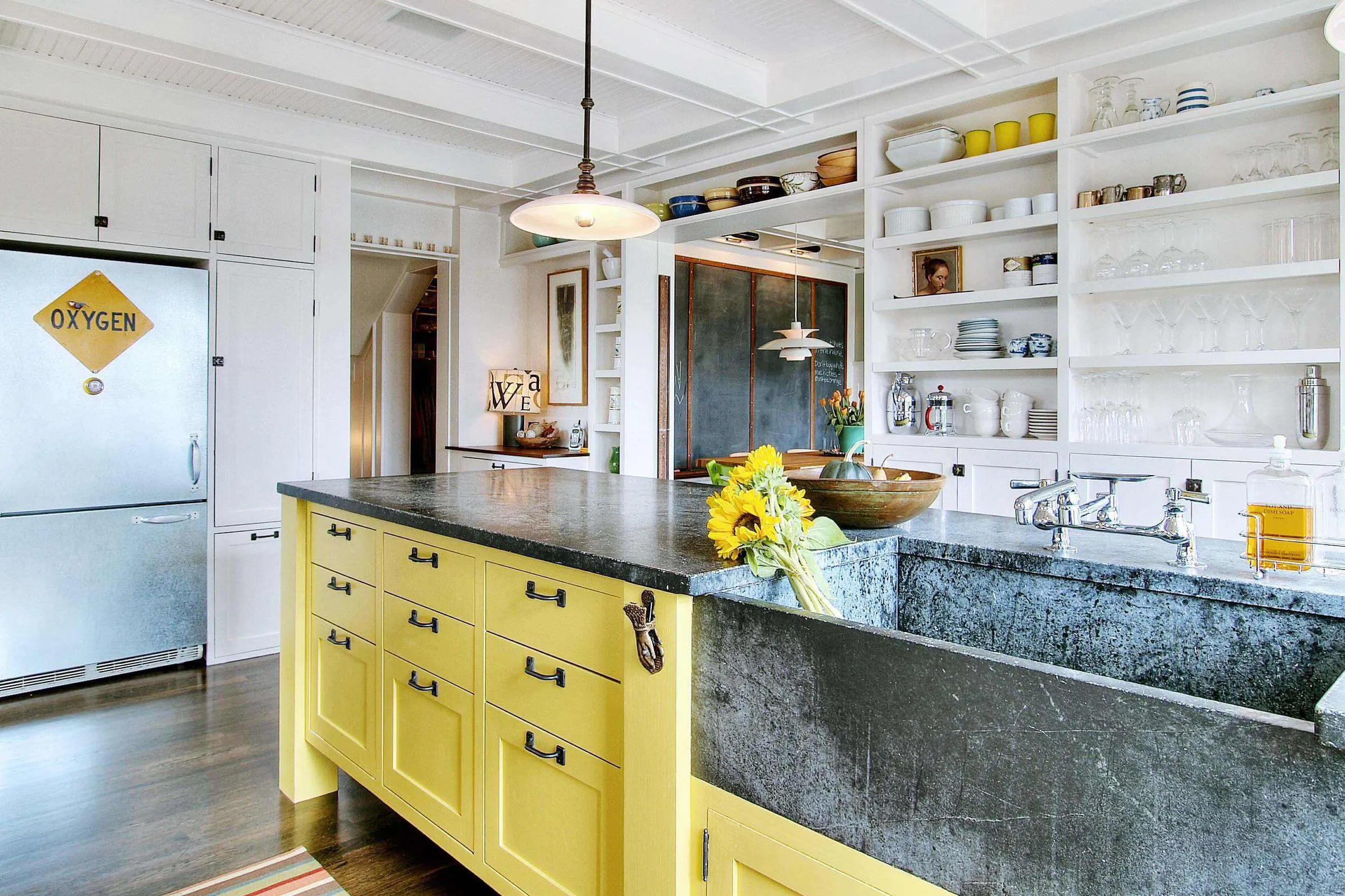
Coastal color schemes typically feature a palette of whites, blues, and sandy neutrals. White is used extensively to create a bright and airy feel, reflecting the sunlight. Blues, ranging from pale sky blues to deep navy, add a sense of depth and tranquility, mirroring the ocean. Sandy beige and driftwood tones add warmth and natural texture to the space. Accents of coral or seafoam green can be used for pops of color, adding a touch of personality. The strategic use of these colors creates a harmonious and refreshing environment.
Coastal Decor and Accessories
Coastal decor and accessories add to the overall theme and create a cohesive design. Natural materials, such as wood, rattan, and wicker, are commonly used in cabinetry, furniture, and accessories. Nautical-inspired elements, like seashells, starfish, and coral, enhance the theme. Striped patterns and nautical motifs add visual interest and a sense of coastal charm. Accessories such as glass jars, ceramic serving dishes, and linen textiles can be used to further enhance the theme. The careful selection of decor and accessories creates a cohesive and inviting space, evoking a sense of relaxation and the beauty of the coast.
Theme 7 — Industrial Kitchen
Industrial kitchens combine raw, unfinished elements with a modern aesthetic, creating a stylish and edgy space. This theme is characterized by exposed brick, metal accents, and a minimalist approach to design. Industrial kitchens are perfect for those who appreciate a modern, urban aesthetic with a touch of rugged charm. The focus is on functionality and a raw, unfinished appeal, making it a unique and visually striking style. The style draws inspiration from old factories and warehouses, using exposed architectural features to create a bold and striking design.
Exposed Elements in Industrial Kitchen
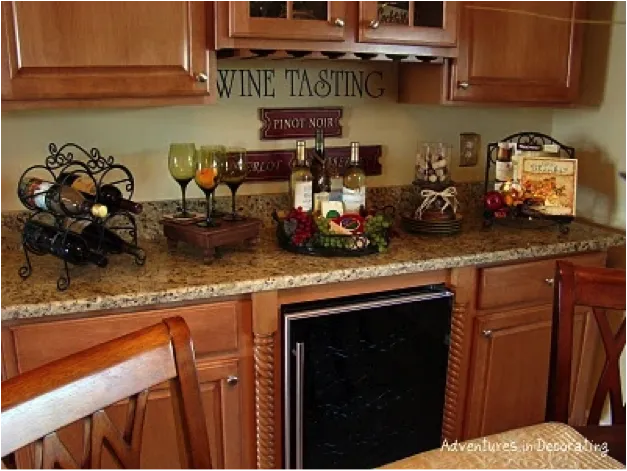
Exposed elements are a hallmark of the industrial style. This includes exposed brick walls, which add texture and character to the space. Exposed ductwork, pipes, and beams, often painted black or left in their original metal finish, contribute to the raw aesthetic. Concrete countertops or flooring add a modern, industrial touch, and the use of vintage or salvaged materials adds authenticity. These exposed elements create a striking visual effect, reflecting the industrial theme. The aim is to showcase the building’s original architectural features, embracing their imperfections to create a unique and eye-catching design.
Integrating Metal and Wood
Integrating metal and wood is essential in an industrial kitchen. Metal accents, such as stainless steel appliances, metal shelving, and pendant lights, add to the industrial aesthetic. Wood is used to add warmth and balance the coldness of metal, creating a contrast. The use of reclaimed wood for countertops, shelves, or cabinetry brings character and history to the space. The combination of metal and wood creates a harmonious and balanced design, enhancing the industrial appeal. This balance of materials creates a visually appealing contrast, ensuring that the kitchen has both character and functionality, reflecting a modern, urban style.
